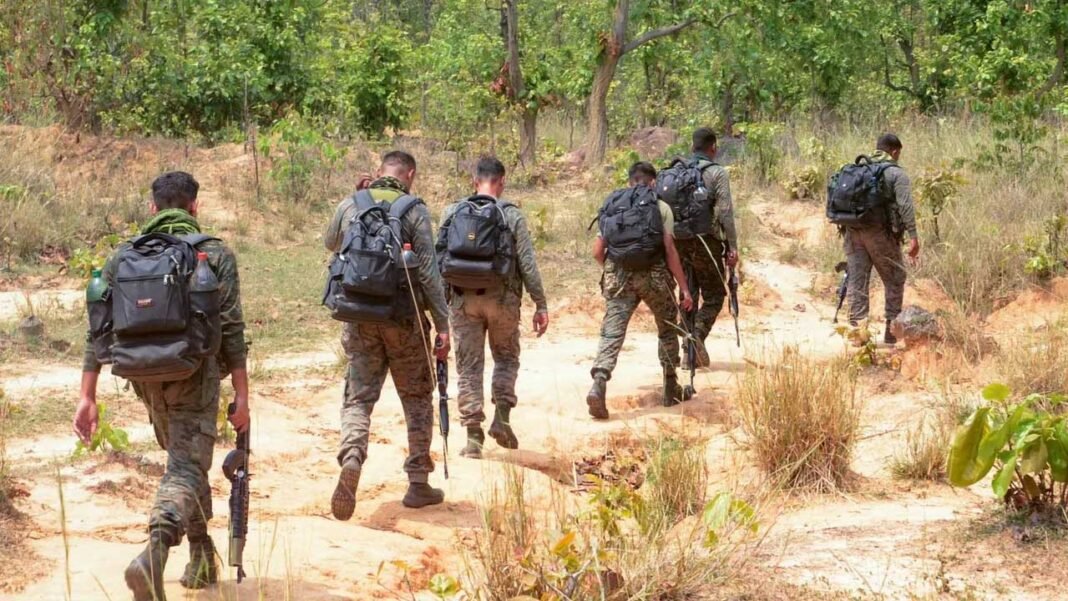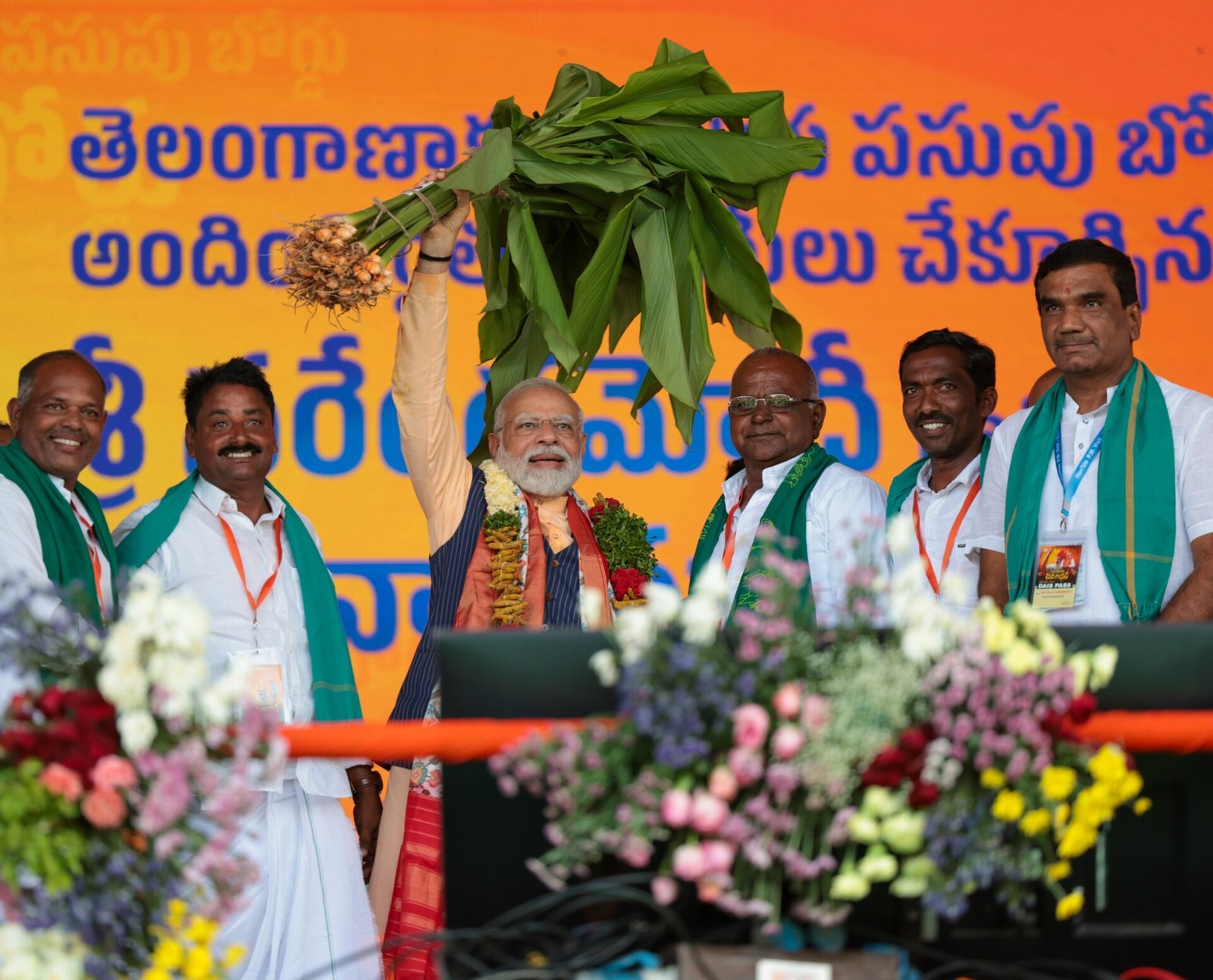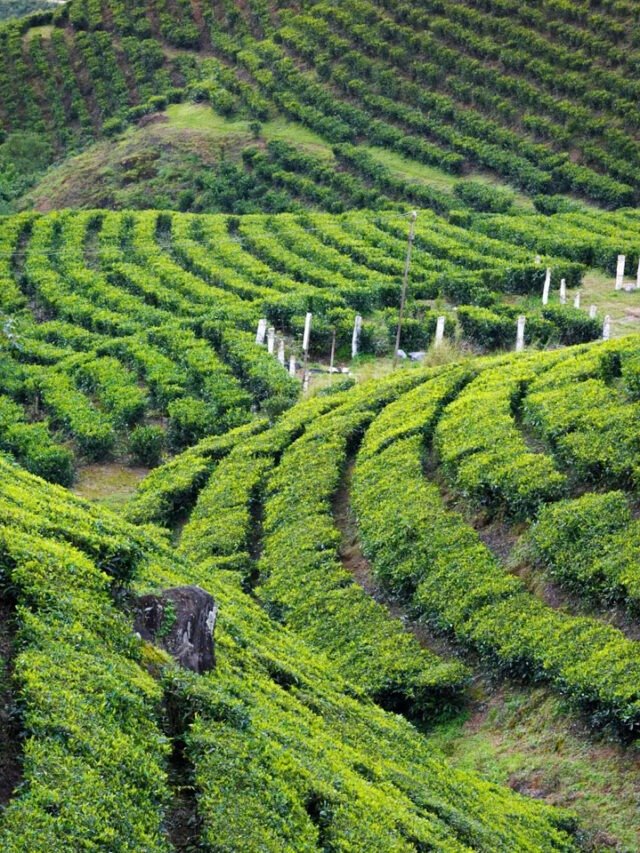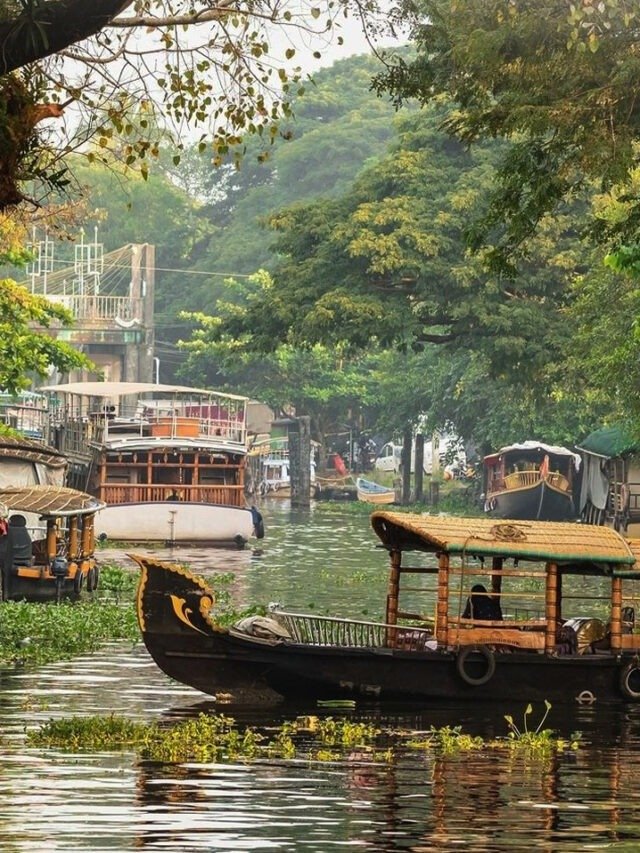BIJAPUR/JAGDALPUR, May 18: Security forces have drawn up a new plan to “hold and dominate” LWE-affected areas till at least 2027, a year beyond the Centre’s deadline of ending the menace by March next year, and engage with locals through various government schemes to prevent the resurgence of Naxals or their ideology.
Top officials of the security establishment told PTI in Chhattisgarh, where the core of anti-Naxal operations is concentrated, that while they were “confident” of meeting the March 2026 deadline, they had been asked to initiate steps so that an “everlasting” peace could be achieved.
“The job of the security forces does not end with the March 2026 deadline. We have to ensure that all LWE (Left Wing Extremism)-affected areas are kept dominated so that the Naxals and their ideology do not make a comeback,” a top security officer said.
The central security forces, with about 1.5 lakh personnel deployed for anti-Naxal operations in various states, will continue to undertake preventive patrols to check for possible Maoist regrouping and trace hidden improvised explosive devices (IEDs) till at least 2027 so that nothing is left to chance, a second senior officer said.
The history of insurgency and extremist movements shows that they can make a comeback if the gains made are not consolidated. Hence, a plan beyond 2026 has been prepared, he further said.
“The removal of central security forces from LWE-affected areas will be a very slow and gradual process that may be initiated in 2027 once state police forces are ready to fully take over the job,” the second officer added.
The Union home ministry has directed the central forces working in this theatre to “create space” in the more than 400 newly-created forward operations bases (FOBs) across various states for organising camps related to health and vaccination, education and for preparing Aadhaar and various government documents.
These activities are already being undertaken in a few FOBs and they will be expanded on a “large scale” once the armed cadres and their movement is completely neutralised by March 2026, the second officer said.
Central forces such as the Central Reserve Police Force (CRPF), Border Security Force (BSF) and the Indo-Tibetan Border Police (ITBP) and their FOBs in Chhattisgarh have been asked to install handpumps, mobile towers and ration shops in their camps so that the state government can start functioning from these bases before they create their independent infrastructure, the officials said.
In Chhattisgarh, the security forces will now move “deeper” into the “largely uncharted” regions of Abujhmaad and Indravati National Park following the recent “success” of Operation Black Forest in and around the Korgotalu hills on the border with Telangana.
Led by the CRPF, the forces claimed that while they killed 31 Naxals from the topmost armed cadre of the outlawed CPI (Maoist), many of the senior ones were either killed or injured and their “invincibility” was demolished.
“The Korgotalu hills operation has given us the edge to bust more such regions that the Naxals use as a hideout. The year 2025 will see specific operations where forces will make inroads into the Bastar region and along the borders of Chhattisgarh with Telangana, Maharashtra and Odisha,” a senior CRPF officer said.
There is also a plan to hold special recruitment rallies for central and state government jobs in some FOBs after March 2026 so that locals and the world at large know all is normal in these areas once known for violence and death, the officials said.
Union Home Minister Amit Shah has asserted that the LWE menace — one of India’s biggest internal security challenges, apart from terrorism in Jammu and Kashmir and insurgency in the northeast — would see its end by next March.
According to central government data released on Saturday, the number of ‘LWE-affected districts’ fell from 126 to 90 in April 2018, 70 in July 2021 and 38 in April 2024.
Of the total, the number of ‘most-affected districts’ fell from 12 to six — four in Chhattisgarh (Bijapur, Kanker, Narayanpur and Sukma), one in Jharkhand (West Singhbhum), and one in Maharashtra (Gadchiroli).
The data showed that incidents of Naxal violence had come down to 374 in 2024, a reduction of 81 per cent from 1,936 in 2010.
The total number of deaths (civilians and security forces) had also fallen by 85 per cent from 1,005 in 2010 to 150 in 2024, it showed. (PTI)












